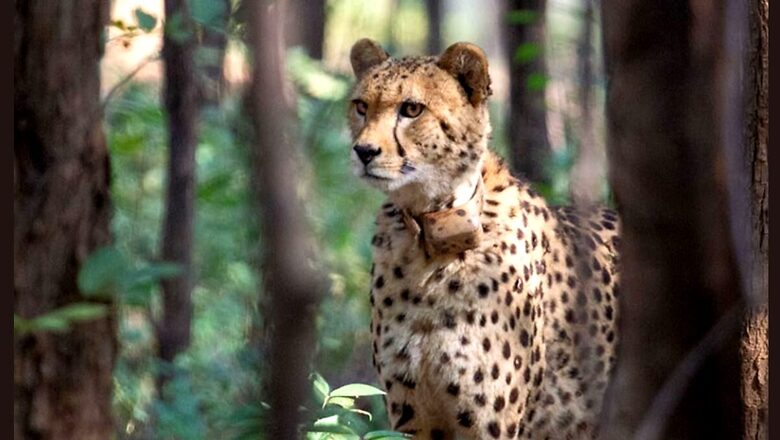
views
Almost a year ago, India carried out the world’s biggest-ever wildlife translocation flying eight Namibian cheetahs across continents. Five months later, it brought 12 more from South Africa. With six of them dead, along with three newborns, and more likely to die soon, the project is wading through rough waters.
Although sudden, the recent deaths were factored in by the Cheetah Action Plan which expected at least 50% mortality during the first year. A recent estimate by South African experts has further raised the losses to 75%, with just five to seven of the 20 felines expected to make it through the year.
But what has hit the project hard is that a majority of these deaths were in captivity. Unlike the African countries where most cheetahs died due to snaring, leopard attacks, or possibly a human-wildlife conflict in the wild, the deaths in Kuno were largely unexpected. And perhaps to a certain extent – ‘avoidable’, as some experts point out.
SUDDEN LOSSES, LEARNING FROM ‘MISTAKES’
Three of the cubs died within two months of being born – all severely malnourished, while still within the enclosures. The lone cub that survived is now being hand-raised. In a “rare" instance, one of the female cheetahs was mauled to death by two other male cats when the project team decided to open gates of their enclosures.
A month later, two of the cheetahs succumbed to septicemia. One of them was within the safe enclosures when it developed first signs of skin infection. The skin stretching across its spine turned black, and worsened into a sepsis by the time it was noticed. Both the felines died days apart from each other. The third succumbed to infection in the wild when efforts to re-capture it failed.
With the debate around radio-collars, it was only days later, that the deaths were confirmed to be caused by ‘winter coat’ — a thick layer of skin that African cats develop ahead of winter, which proved to be a killer in India’s humid monsoon. The conflicting opinions and further disagreements continue to impact the project.
Wary of more such infections, the officials are waiting for the monsoon to end to release the 13 cheetahs into the wild. But this extended captivity is adding to the animal stress, especially the cheetahs who were held captive in their home country for longer than usual even before translocation.
TOUGHER TIMES AHEAD, OTHER SITES FOR CHEETAHS
Experts are certain that there are tougher times ahead. There is bound to be more mortality, as the felines take time to adapt to the country’s new seasonal cycle. The females will have to adjust their birthing intervals, a trial-and-error approach, where they are bound to lose more cubs initially. While the first litter with a realistic chance of survival is likely to be born in 2024, India will have to wait at least until 2025 for its first native-born cheetah who will grow to be independent.
With the government determined to re-establish the ‘once-extinct’ cheetahs back in their historical range, more cheetahs are likely to be brought in. As many as 50 cheetahs were planned for translocation over five years as per the Cheetah Action Plan.
But with Kuno as one sink reserve, an additional site will have to be readied for translocation. Furthermore, the decision to restore ecosystems must not be dictated by state boundaries. Mukundhara Tiger Reserve in neighboring Rajasthan has a fenced enclosure of around 82 sq km which has been considered ideal by conservationists. The site has also been recommended by international experts who considered it ‘an excellent’ for cheetah release. The other sites would require relocation of villages and continued investment for restoration.
TIME FOR COURSE CORRECTION
The government has not planned any “end-of-project situation" for the foreseeable future, and more re-introductions are proposed in coming years.
South Africa took 26 years and 10 attempts to succeed in wild cheetah re-introductions when it started in 1966. It now has surplus cheetah population with at least 40-50 cheetahs available for translocation every year.
But India’s challenge has just begun, and times have changed. Vast tracts of grasslands have disappeared and wild ecosystems lost to infrastructure development. The government last week further passed another legislation to expedite diversion of forest land within 100 kms of borders to build security establishments.
If the initial objective of ecosystem restoration is still on target, then it is time that the ambitious project goes for a course correction.




















Comments
0 comment